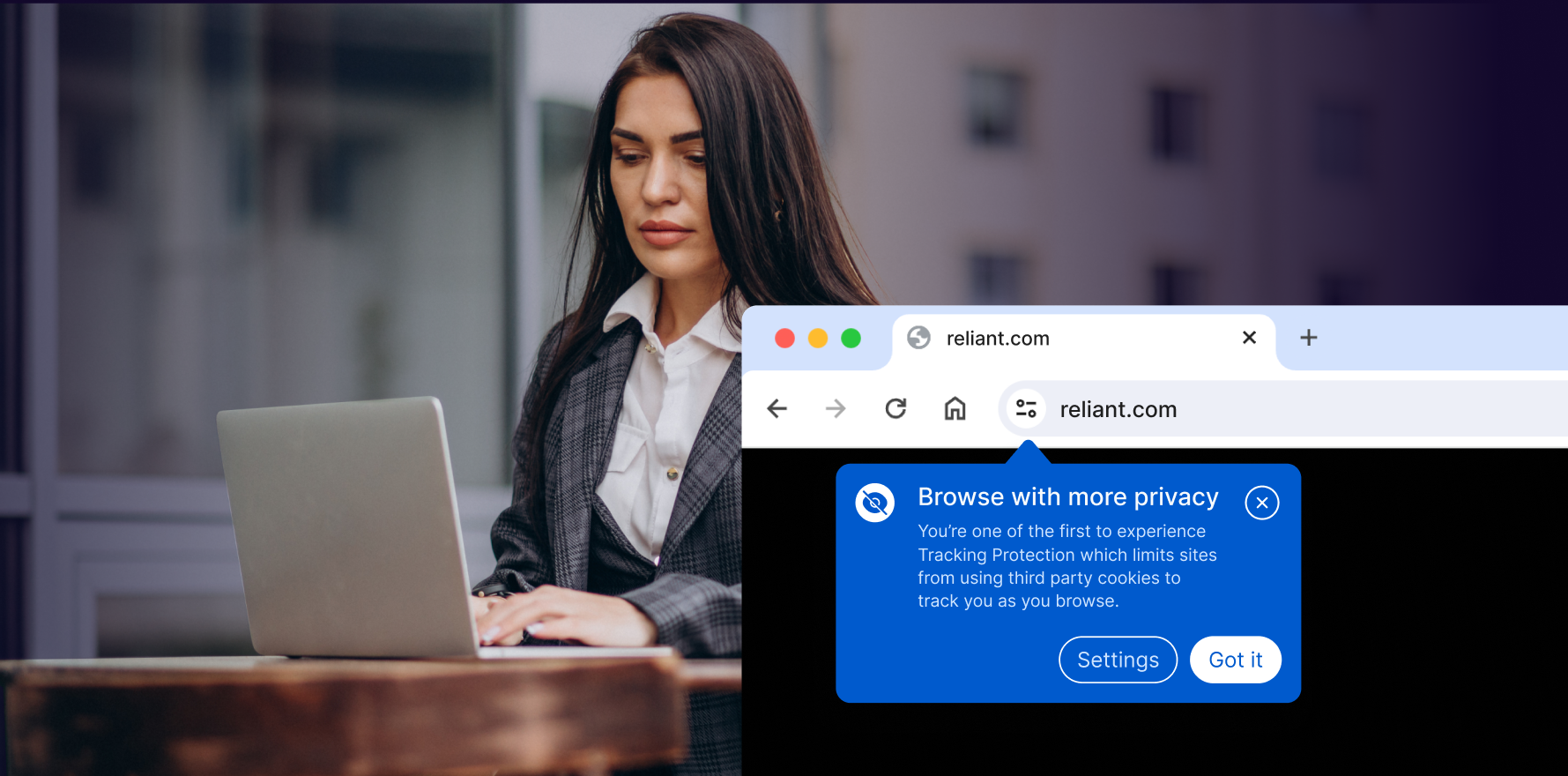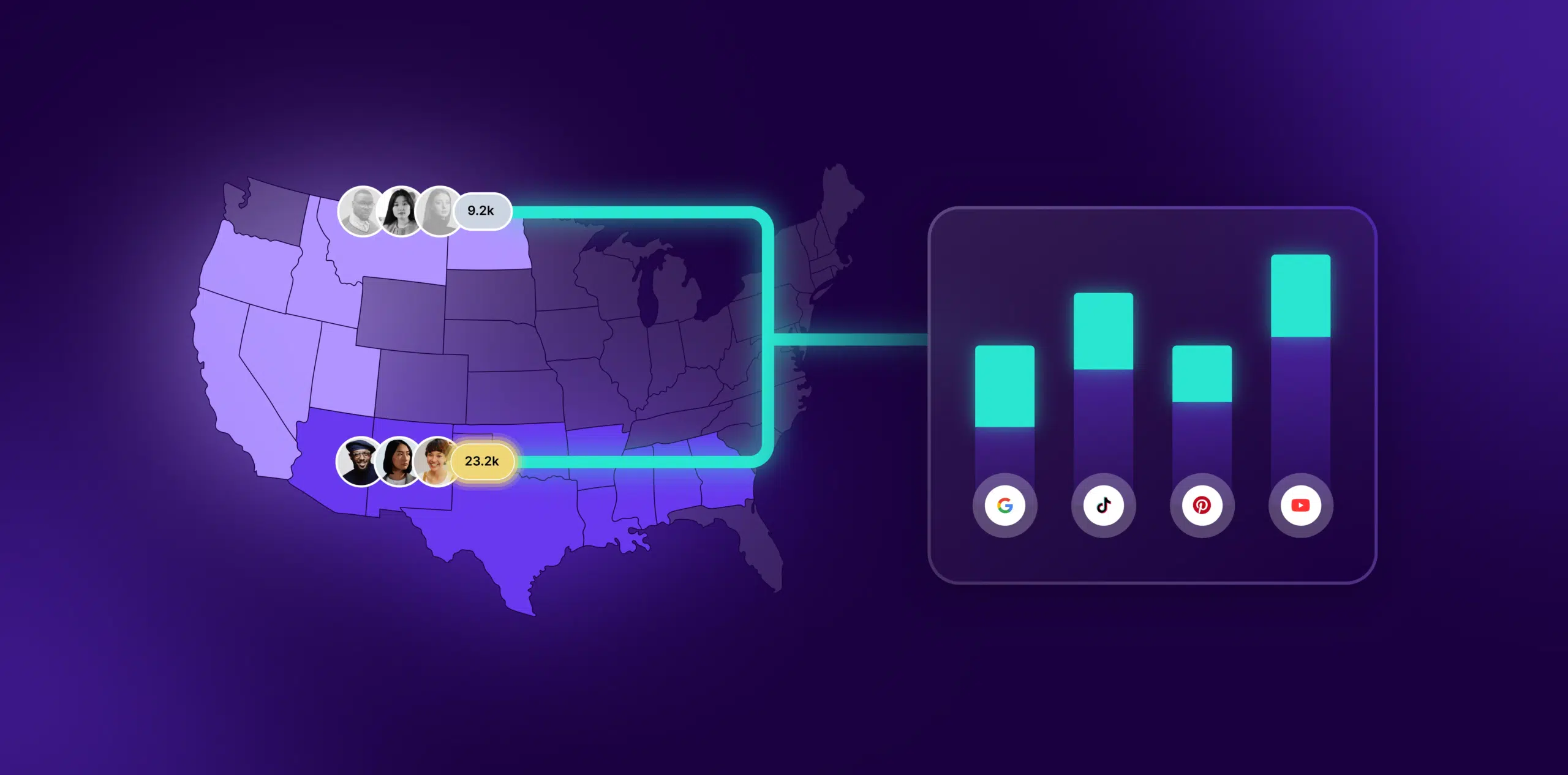What is Incremental ROI?
Incremental ROI allows ecommerce businesses to measure the tangible benefits of specific marketing efforts by comparing the additional profit generated to the amount spent. It’s a powerful data-driven way to guide strategic decisions and allocate resources more efficiently.
Formula
The formula for calculating Incremental ROI is: (Incremental Revenue Attributable to Marketing – Cost of Marketing) / Cost of Marketing. It is expressed as a percentage, and a positive Incremental ROI means that a marketing campaign has been profitable.
Example
Consider an ecommerce company that spends $1,000 on a marketing campaign. If this campaign leads to an additional $1,200 in sales, the incremental ROI will be ($1,200 – $1,000) / $1,000 = 20%. Thus, the company made a 20% return on its investment.
Why is Incremental ROI important?
Incremental ROI is crucial for ecommerce businesses as it accurately calculates the effectiveness of incremental investments in marketing or other growth initiatives. It helps companies see which campaigns bring in more profit and fine-tune marketing strategies accordingly.
Which factors impact Incremental ROI?
Improving Incremental ROI is about maximizing effectiveness while minimizing cost. This includes optimizing campaigns, improving targeting strategies, enhancing website experience, streamlining the checkout process, and more. Regularly monitoring and adjusting these efforts can gradually enhance Incremental ROI.
How can Incremental ROI be improved?
Multiple factors can impact Incremental ROI including product price, target audience, quality of ads, landing page conversion rate, overall website user experience, and even external factors like market competition and seasonal buying trends.
What is Incremental ROI’s relationship with other metrics?
Incremental ROI directly connects with other vital ecommerce metrics like customer acquisition cost (CAC), customer lifetime value (CLV), and conversion rates. With higher Incremental ROI, typically, CAC decreases, and CLV increases, signaling notable efficiency in marketing efforts. Additionally, high conversion rates often lead to improved Incremental ROI as well.
Free essential resources for success
Discover more from Lifesight






















































